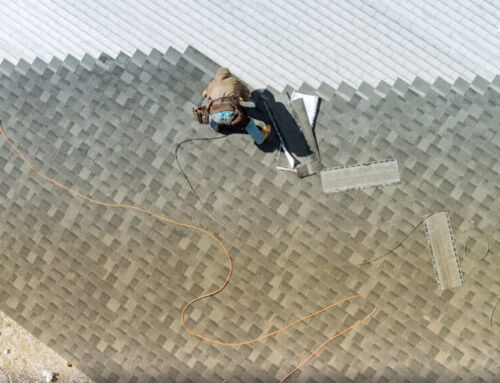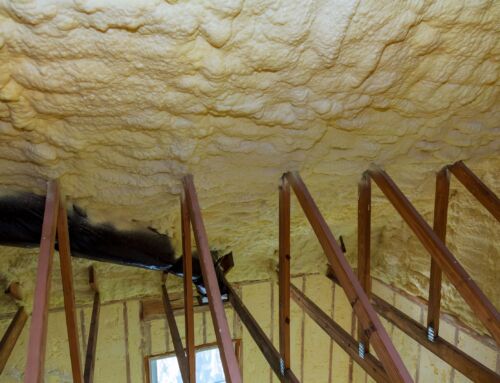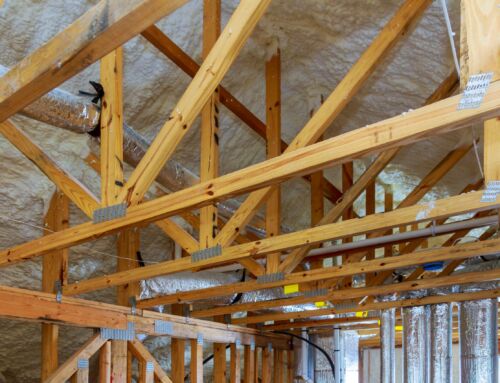Energy Saving
Spray foam forms an airtight, impermeable insulation barrier. This stops conditioned air from escaping into the attic and outdoor air from entering the home. Preventing heat transfer enables HVAC systems to operate more efficiently. Homeowners see lower monthly heating and cooling bills.
Air Sealing
Gaps around wiring, vents, framing and penetrations allow air leakage. This exchanges indoor and outdoor air, undermining HVAC efficiency. Spray foam expands and adheres tightly to surfaces to seal all cracks and gaps. This prevents unwanted air movement.
Moisture Control
Spray foam resists moisture absorption and vapor movement through insulation. Fiberglass insulation can allow water vapor to pass through and accumulate. Spray foam’s vapor barrier properties keep attic insulation dry and mold-free.
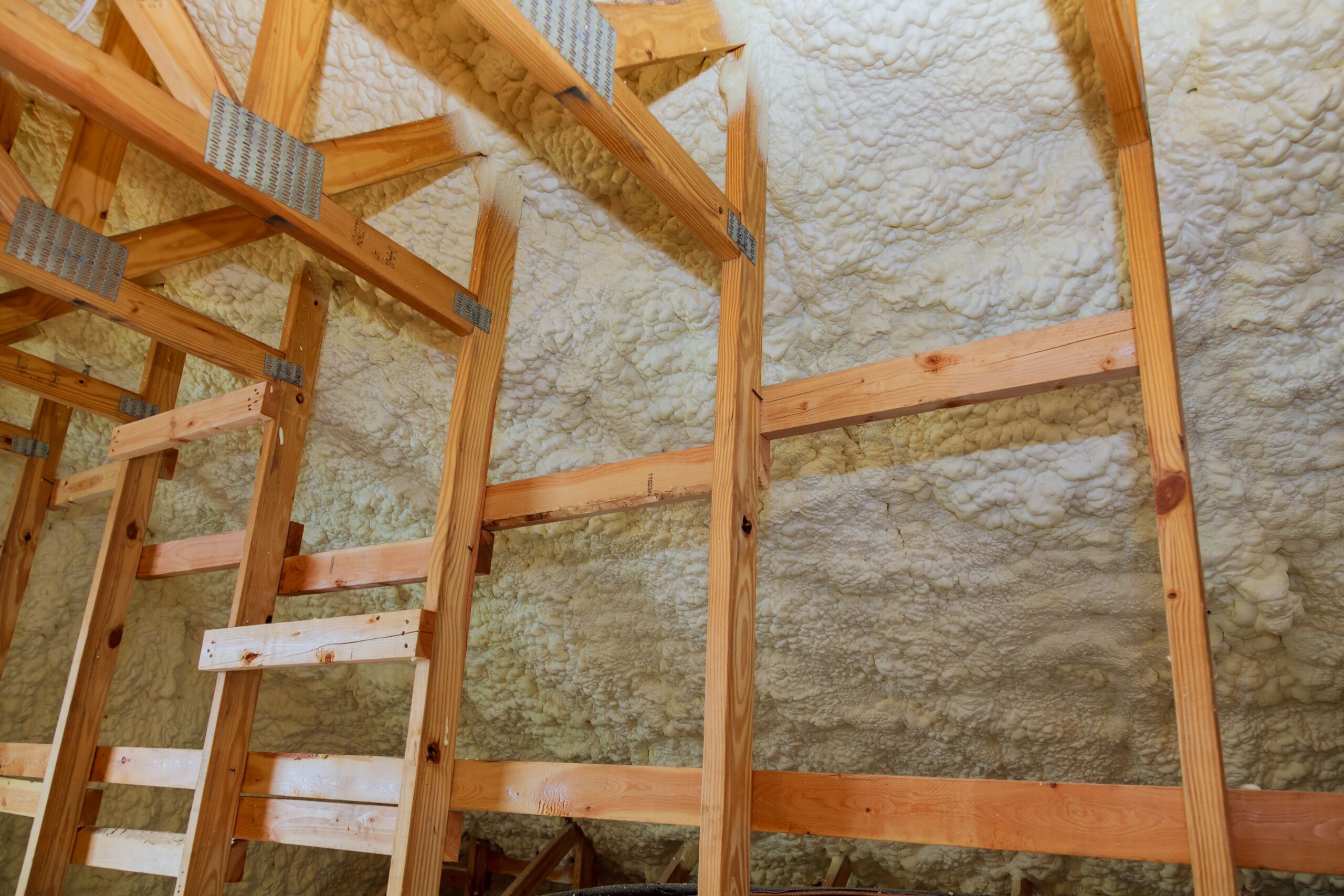
Increased Home Comfort
Consistent insulation coverage and air sealing provide stable indoor temps. There are no more hot or cold spots, drafts or humidity fluctuations. Homeowners experience greatly improved comfort and temperature regulation.
Noise Reduction
Open cell spray foam dampens noise and reduces sound transmission. It insulates against external noise sources like traffic, wind and precipitation. This allows quieter indoor environments.
Sturdiness and Structural Support
Spray foam bonds tightly to framing, rafters, roof decking and other surfaces. This adds stability and structural reinforcement to roof assemblies. Foam’s adhesion helps roof structures withstand high winds and severe weather events.
Longevity
Unlike fiberglass which sags over time, spray foam maintains full insulation value for decades. Closed cell foam won’t absorb moisture or decompose. It outlasts other insulation types, providing long-term performance.
Environmental Benefits
Better insulation reduces energy waste which lowers carbon emissions from power generation. Keeping attics properly insulated and sealed prevents the escape of ozone-depleting chemicals from older appliances.
Elimination of Thermal Bridging
Small framing members and gaps often create thermal bridges that allow heat transfer through the insulation barrier. Spray foam adheres tightly around obstructions to insulate these thermal loopholes.
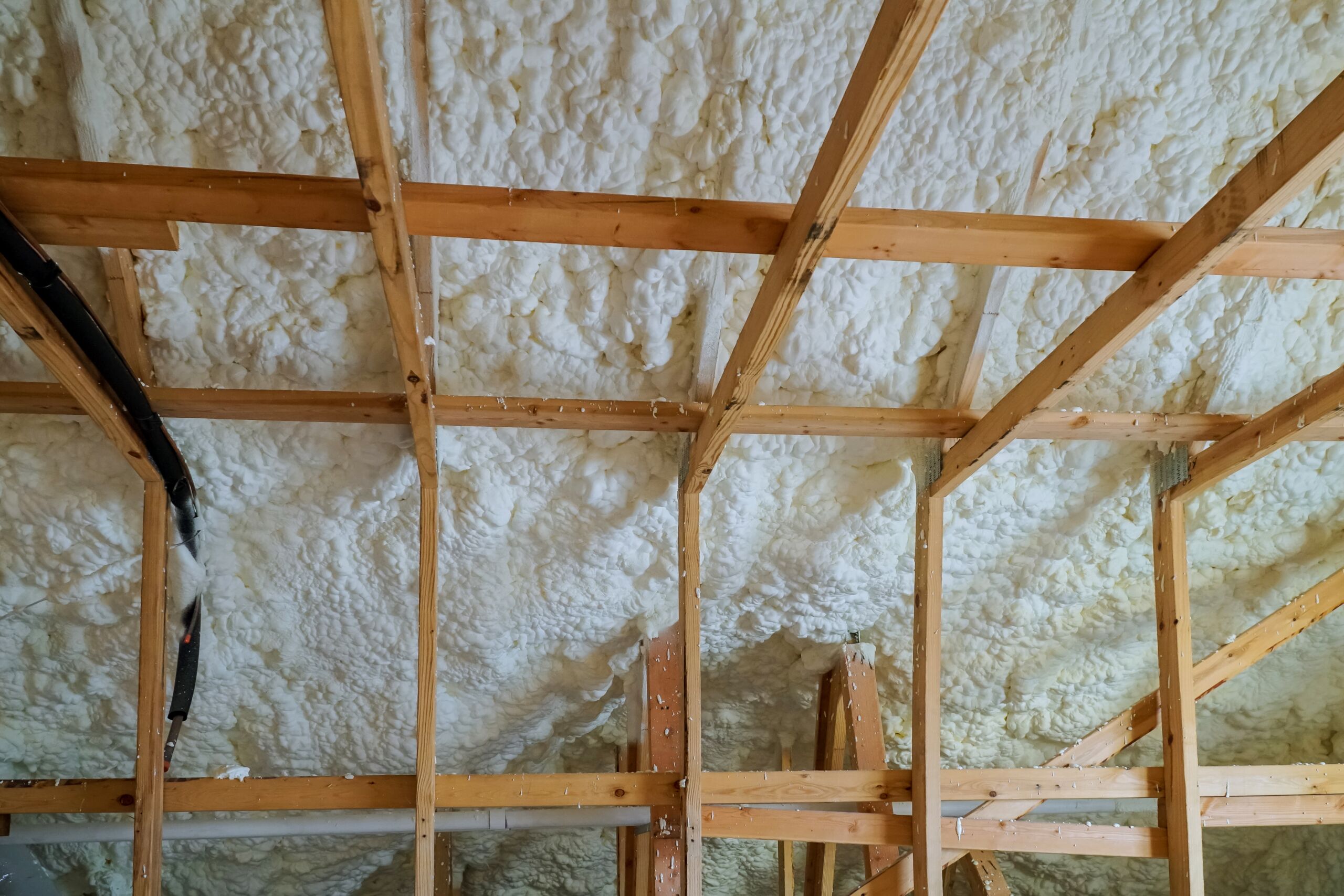
Easy Installation and Maintenance
Spray foam expands and cures seamlessly to all surfaces without additional labor. No cutting, cramming or fastening required. Once installed, spray foam requires no maintenance for decades. It’s a set-it-and-forget-it insulation solution.
Upgrading attic insulation should be seriously considered by homeowners wanting improved efficiency, comfort and energy savings.
